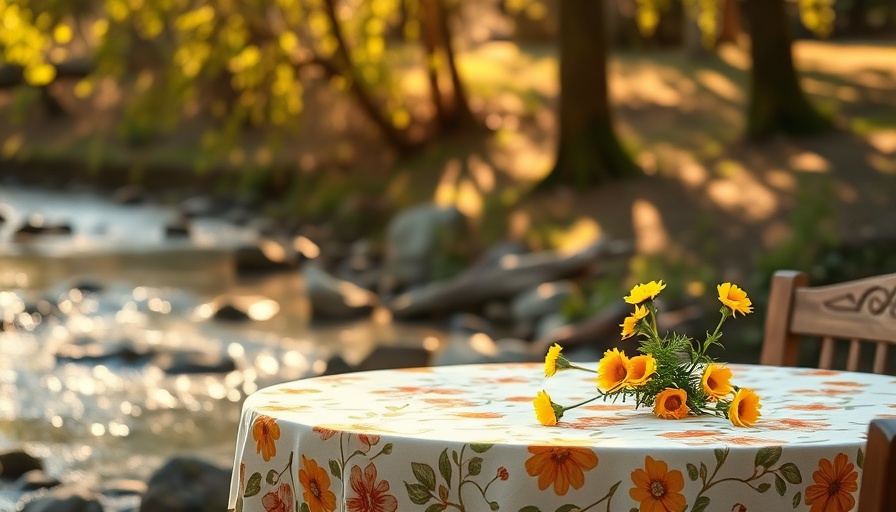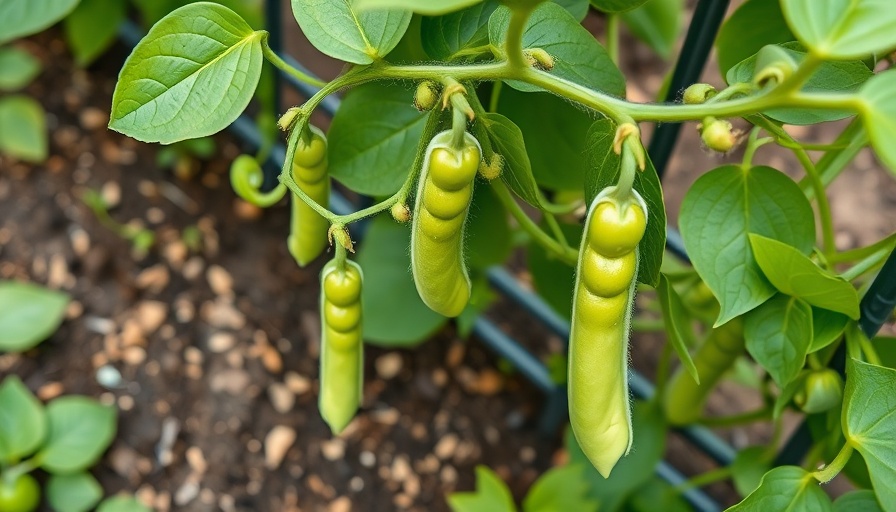
Why Cryopreservation Matters for Our Gardens
Cryopreservation, the scientific technique of freezing plant tissues at ultra-low temperatures, is revolutionizing how we think about plant conservation. Not just a mere method, it represents a lifeline for endangered species and a strategy to enhance biodiversity in our gardens and farms. With climate change and habitat loss posing significant challenges to traditional agriculture, cryopreservation is emerging as a crucial tool for gardeners and conservationists alike.
The Science Behind Cryopreservation: A Deeper Look
At its core, cryopreservation halts all biological activity, effectively putting plants in a state of suspended animation. This preservation technique ensures that valuable genetic material is kept intact for years or even centuries. By cooling plants to -320.8°F in liquid nitrogen, scientists prevent cellular damage that might otherwise occur through ice crystal formation. Understanding this process is key to appreciating its potential impact on biodiversity.
Understanding the Cryopreservation Process
The journey to preserving plant life involves several meticulous steps:
- Tissue Selection: Researchers begin by choosing genetically significant or endangered plant materials. Often, this includes shoot tips or pollen from carefully curated specimens.
- Cryoprotectant Addition: A special solution containing antioxidants and antifreeze agents is used to remove cellular water, replacing it with compounds that prevent harmful ice crystallization.
- Vitrification Protocol: Rapid cooling methods solidify the cellular contents into a glass-like structure, avoiding ice damage.
- Storage: Once vitrified, these samples are stored in ultra-low temperatures, where all metabolic activities halt, stabilizing genetic material for the long haul.
- Thawing and Recovery: Upon thawing, the plant tissues are carefully revitalized in a controlled environment, ensuring they can grow into healthy plants once again.
Cryopreservation's Role in Biodiversity
As the world grapples with biodiversity loss, cryopreservation stands out as a beacon of hope. Increased plant diseases, changing climates, and habitat destruction threaten countless species. Cryopreservation offers a feasible solution that works in tandem with other conservation efforts, such as traditional seed banking and habitat protection. By protecting genetic diversity, this technique not only aids in maintaining ecological balance but also fosters resilience among plant species against environmental changes.
Practical Takeaways for Gardening Enthusiasts
For home gardeners and those invested in sustainable agriculture, understanding cryopreservation can open new avenues for innovative practices:
- Informed Plant Selection: Consider incorporating cryopreserved varieties of plants, which may be more resilient to diseases and environmental pressures.
- Involvement in Conservation Efforts: Engaging with local botanical gardens or conservation programs can enhance your understanding of plant preservation and its importance.
- Experimentation: As a knowledgeable gardener, you can employ in-vitro culture methods as a way to explore plant propagation and conservation.
Future Predictions: The Growing Importance of Cryopreservation
The future of cryopreservation in agriculture is bright. As advancements in technology continue, more efficient and accessible methods for gardeners and farmers will likely develop. This will lead to greater implementation of cryopreservation techniques across various forms of agriculture, supporting global food security and ecological diversity.
The Final Verdict on Plant Preservation
As we look ahead, cryopreservation is not just a groundbreaking technological advancement; it’s a critical strategy in the fight against biodiversity loss and food insecurity. Embracing this method can set a new standard for responsible gardening and sustainable agriculture, ensuring that future generations can enjoy a vibrant and diverse plant world.
So why not join the movement? Understanding and advocating for cryopreservation not only allows you to be on the cutting edge of gardening but also contributes to a greater cause—protecting our planet’s biodiversity. Explore your local gardening community or conservation organizations to see how you can participate in this vital work.
 Add Row
Add Row  Add
Add 




Write A Comment